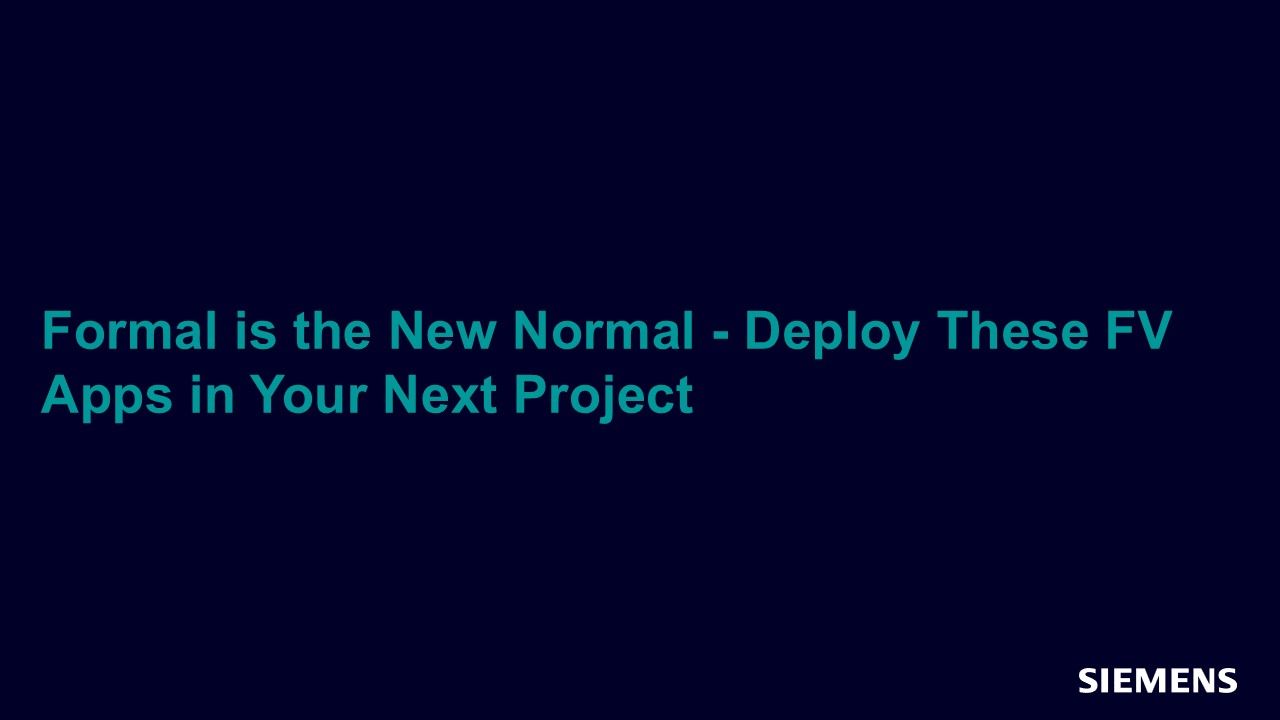Formal is the New Normal - Deploy These FV Apps in Your Next Project
Formal verification is now pervasive in many chip design verification projects. Key to this widespread adoption is the availability of automated “apps” that makes it easy to deploy Formal in hitherto simulation-only projects. We at VerifWorks have a long history of formal deployment at many design houses and have seen the challenges engineers face while adopting the same. We have also trained hundreds of engineers to use Formal with ABV (Assertion-Based Verification) through CVC.

Full-access members only
Register your account to view Formal is the New Normal - Deploy These FV Apps in Your Next Project
Full-access members gain access to our free tools and training, including our full library of articles, recorded sessions, seminars, papers, learning tracks, in-depth verification cookbooks, and more.